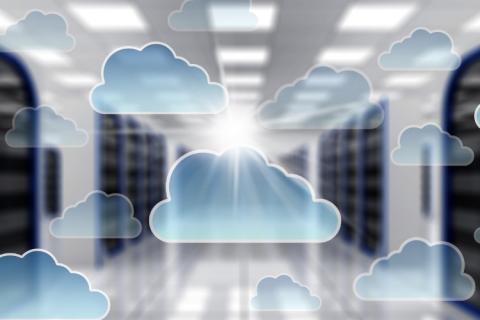Cloud Computing; Basic Walk-through
Cloud computing is the on demand delivery of IT solutions. Instead of investing capital in buying, owning, and maintaining physical servers and data centers, cloud computing enable the organizations to access the services such as, computing, storages, and databases, whenever required from the desired cloud providers. Now, let us move ahead and have a look at some of the key benefits of cloud computing.



